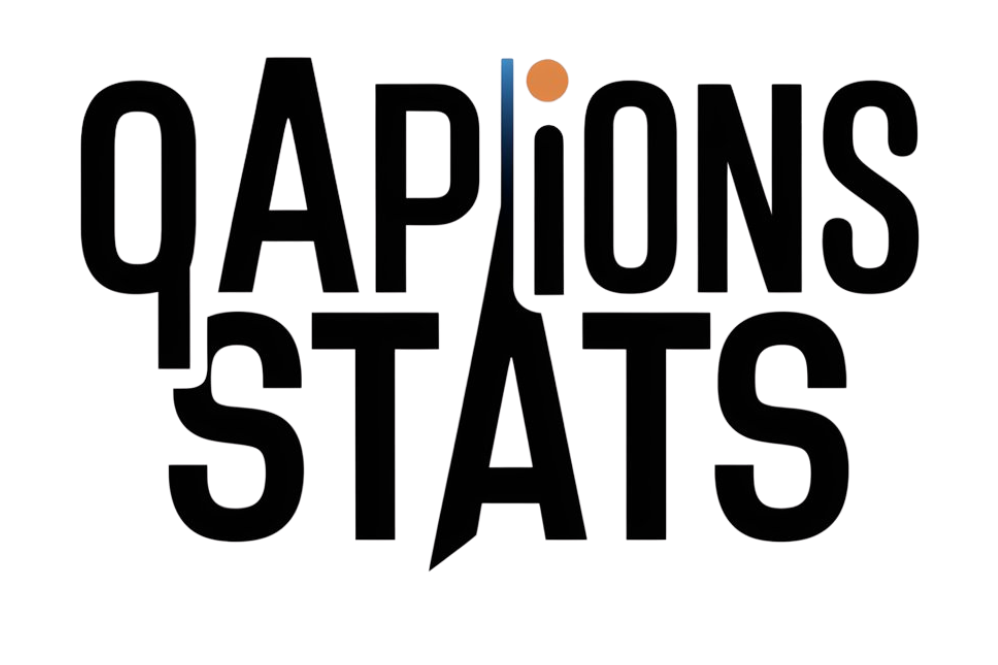Service scheduling is the process of organizing and managing appointments, tasks, and technician assignments to ensure efficient service delivery. It involves coordinating staff availability, skills, and locations to send the right person with the right resources to the right place at the right time. Effective service scheduling reduces downtime, prevents errors, and improves overall productivity and customer satisfaction.
Modern service scheduling often relies on specialized software designed to automate and optimize these tasks. These tools help businesses avoid manual errors, streamline communication, and enhance operational efficiency by integrating scheduling with other business functions like inventory and customer management.
By adopting service scheduling solutions, companies can better allocate their resources, reduce appointment conflicts, and provide timely service—all critical factors in maintaining a competitive edge in service industries.
Understanding Service Scheduling
Service scheduling involves organizing resources, time, and personnel to ensure services are delivered efficiently and on time. It includes different scheduling methods tailored to specific operational needs and offers clear benefits in productivity and customer satisfaction.
Definition of Service Scheduling
Service scheduling is the deliberate process of assigning tasks, personnel, and equipment to specific time slots to fulfill service demands promptly. It requires balancing resource availability with customer needs to avoid delays or overlaps.
This process can involve automated systems or manual coordination. The goal is to optimize resource use while ensuring timely service delivery that meets operational and client requirements.
Effective service scheduling reduces errors, improves communication, and enhances overall workflow management for service providers.
Types of Service Scheduling
There are three primary types of service scheduling: fixed, flexible, and on-demand.
- Fixed scheduling assigns services at predetermined times, suitable for routine maintenance or regular appointments.
- Flexible scheduling allows adjustments based on resource availability or customer needs, ideal for fluctuating workloads.
- On-demand scheduling handles immediate or emergency requests, requiring rapid allocation of personnel and equipment.
Businesses often combine these types to adapt to changing demand patterns and resource constraints.
Choosing the right scheduling type helps optimize resource utilization and customer satisfaction.
Key Benefits for Businesses
Service scheduling enhances operational efficiency by streamlining appointment management and resource allocation.
Key benefits include:
- Reduced scheduling errors through automation, minimizing double bookings and missed appointments.
- Improved customer experience by offering convenient booking options and timely service delivery.
- Higher productivity through better resource use and fewer idle times.
- Enhanced communication and coordination among team members and clients.
These advantages help businesses save time, reduce costs, and maintain consistent service quality.
Best Practices for Effective Service Scheduling
Effective service scheduling relies on streamlining workflows, managing customer data seamlessly, and maximizing resource use. Avoiding conflicts and delays ensures appointments run smoothly, boosting customer satisfaction and operational efficiency.
Automation Tools and Software
Automation tools eliminate manual errors and free staff from repetitive scheduling tasks. Scheduling software often includes features such as calendar syncing, automated reminders, and real-time updates, helping reduce no-shows and late changes.
Many platforms offer drag-and-drop interfaces, allowing managers to quickly assign or reassign jobs based on changing priorities. Automation also supports route optimization, minimizing travel time between appointments.
Implementing automation increases accuracy and responsiveness. It ensures information is always current, reducing the risk of overbooking or missed appointments, which directly impacts service reliability.
Integration with Customer Management Systems
Linking scheduling systems with customer management platforms centralizes client information, enabling better service tailored to individual preferences and histories.
Integration allows scheduling staff to view customer records, past service dates, and specific requests while booking new appointments. It also facilitates automated follow-ups and billing, improving communication and cash flow.
This connection supports comprehensive reporting and analytics, helping businesses identify trends, optimize appointment slots, and improve overall customer experience.
Optimizing Resource Allocation
Resource allocation depends on understanding staff availability, skill sets, and equipment needs. Scheduling must align these factors to avoid under- or over-utilization.
Effective scheduling analyzes employee workloads and balances assignments to maintain productivity without causing burnout. It tracks resource demands to ensure tools or vehicles are available when required.
Using scheduling software that provides visibility into resource status helps managers proactively address bottlenecks and adjust allocations as conditions evolve, improving operational efficiency.
Reducing Scheduling Conflicts
Scheduling conflicts arise from double bookings, overlapping appointments, or unexpected delays. Preventing these issues requires clear communication and real-time updates.
Best practices include setting buffer times between appointments to accommodate delays and avoid cascading disruptions. Software alerts flag potential conflicts before finalizing schedules.
Regularly reviewing and adjusting schedules based on actual service times and cancellations reduces errors. Communicating changes promptly to both staff and customers minimizes confusion and dissatisfaction.
Also Read-Vidwud AI: Transforming Online Body Swap and Talking Photo Technology



